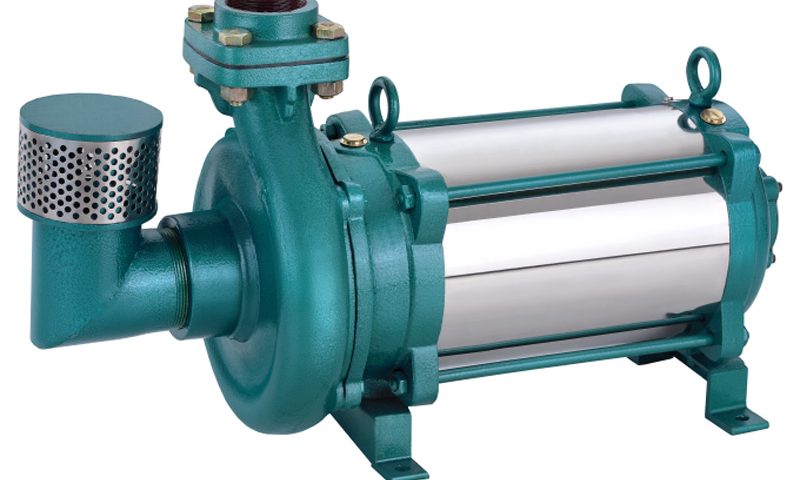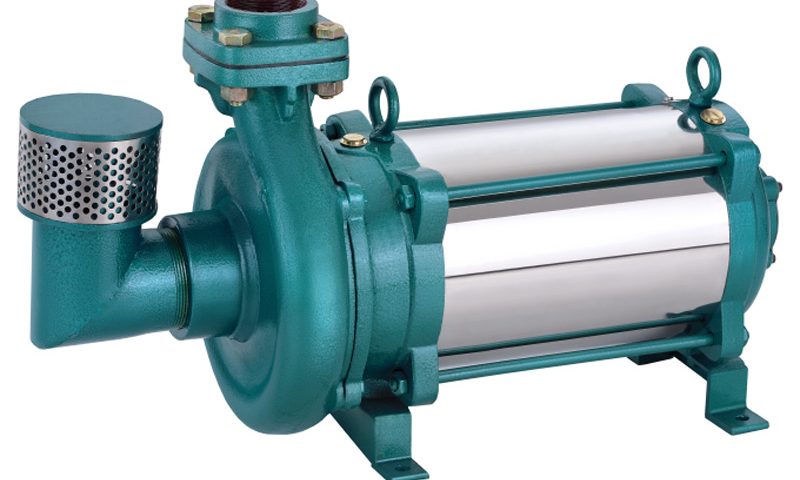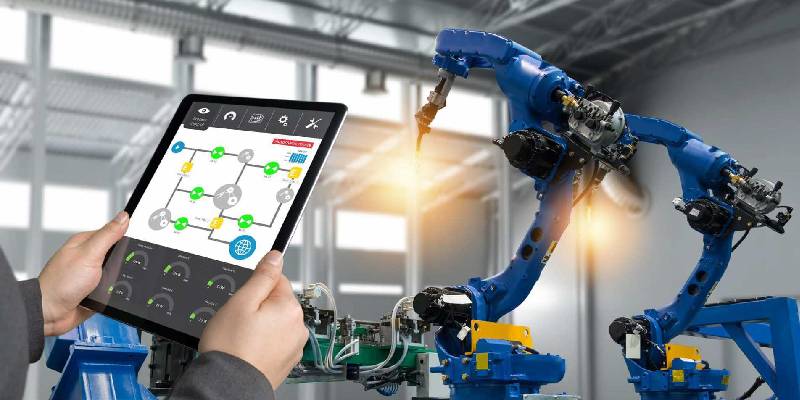All You Need To Know About Submersible Pumps

The Pump Market To Grow Several Folds
April 12, 2018
Popular Pump Dealers In India
April 16, 2018All You Need To Know About Submersible Pumps

What You Need to Know About Submersible Pumps ?
Pump systems are present in every place, be it our home or a commercial building. You need not be a graduate in engineering to understand the basics of a submersible pump. Be it for any type of requirement, understanding a little about submersible Pumping System is not that difficult. Today, we are going to discuss a few critical factors that make a pump work, the way it does. There are tonnes of variants of a pump, submersible being the most common one. Hence, the detailed discussion will help you understand this pump that is commonly found around us.
The unique feature of this pump is it has both surface components as well as a downhole. The surface components are transformers, wellhead, motor controllers and junction box. On the other hand, the downhole comprises of cable, pump, seal and most importantly the motor. There can be a few additional components added to the downhole such as cable bands, gas separator, drain valves and motor lead extension. For beginners, watching a small video on YouTube would be very helpful. A video will show you the exact parts and operation of each part of the pump in detail. It is essential to get the hang of all the components features as it will better your understanding of the overall pump functioning.
A schematic diagram could also be of great help that illustrates the different parts and their functions. You can see a complete installation of a submersible pump system right from the source of fluid to the place where the fluid is delivered. When trying to know about submersible pumps, there are a few parts you have to know about compulsorily. The most important one is the pump discharge head. Don’t confuse it with the pump head which is a pressure measurement in pumps.
A pump discharge head is a separate component that gets mounted on the top of the pump assembly. The size of this part can vary depending on the size of the pump. No matter whether the pump is built in a single configuration or top tandem, a discharge head has to be there. When we look at an actual pump, it is only a small part of the system that does the main work. A single pumping system can comprise of one or more than one pump. Since a pump pressurizes a fluid to a higher pressure value, the fluid intake happens from the input which is the lower section of the pump mostly.
The fluid is then discharged at high pressure to an elevated area or a building. As a standard, a screen is generally used for the intake. However, a gas separator is used many times depending on the future usability of the pump. The pump intake system is bolted to the main pump assembly. We also use a pump seal to separate the intake from the motor. Water cannot go into the motor as it will damage it completely. Therefore a seal is used as a separatist. The engine is present on the bottom side of the seal. Again, the motor also has various variants like the squirrel cage motor.

More than one motor can be bolted together to work in tandem. The usual rpm of engines in a pump is around 3500-3600 rpm. To operate the entire system, the obvious requirement is electricity. A pump system can be bigger than what you can ever imagine. Hence, a lot of the connection goes from the motor terminal to the way above power connection. The efficiency of a pump depends on the type of the pump and its size. The motor and starter type determines the type of transformer that will be used.
Though this was all about understanding the system, there are few more things you must know to take care of the pump. For instance, a pump can work for a more extended lifespan if the casing cover is appropriate and the impeller faces a lower value of the radial load. The radial load must be kept at its minimum value even when the pump is operating at a full flow range. Reasons your pump system might not be running very well:
- More safety parts added to the pump than what is required
- Natural wear and tear of the pump over years
- Friction head must be carefully chosen depending on the requirement
- If the static head changes during the time a pump is operating
There can be many more factors that can reduce the efficiency of a pump. Pump application is a significant factor too. You can also learn many ways to take care of every single part of the pump with time, like, a volute casing life can be enhanced by operating the pump close to its best efficiency point during the application time. For double volute casing, the use must be avoided in smaller pumps. When used in a more substantial sized pump, the application of splitter vane must be avoided.
Vane diffuser casing is mostly present in multi-stage pumps. It enhances a pump’s reliability and efficiency. The impeller discharge in a vane pump is even better. Make sure the casing of the pump is chosen carefully. The type of casing used in a pump can mostly affect its efficiency value. The number of repairs demanded by a pump is really less when it operates with the right type of casing.
Like discussed earlier in this article, a single volute casing, double volute casing and vaned diffuser are very important in their own ways, and it must be kept in mind at all times. Without the right set of housing, a pump will be inefficient. Mostly a client is offered help by the pump company to select the right components. In several cases, it also happens that a pump consultancy is chosen by the company to purchase or provide with the decision for selecting the best pump. A suitable pump is needed for different kinds of requirements. This must not be forgotten if you want an excellent efficiency of operation from the pump.
Read Also : Hydraulic Pump Manufacturing Process

